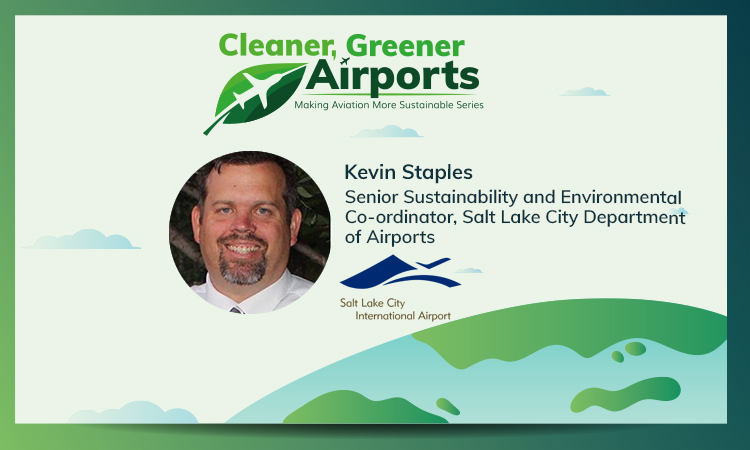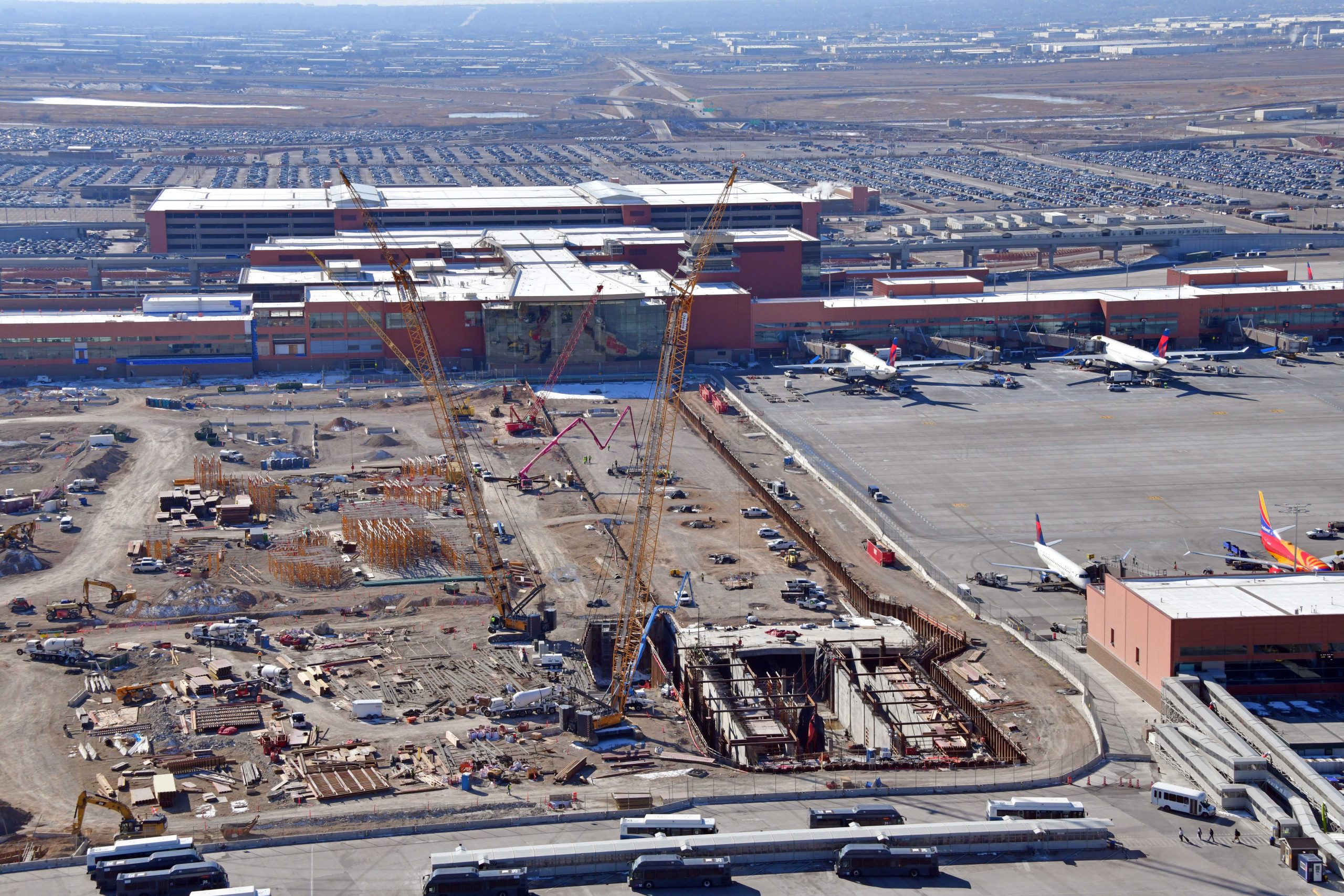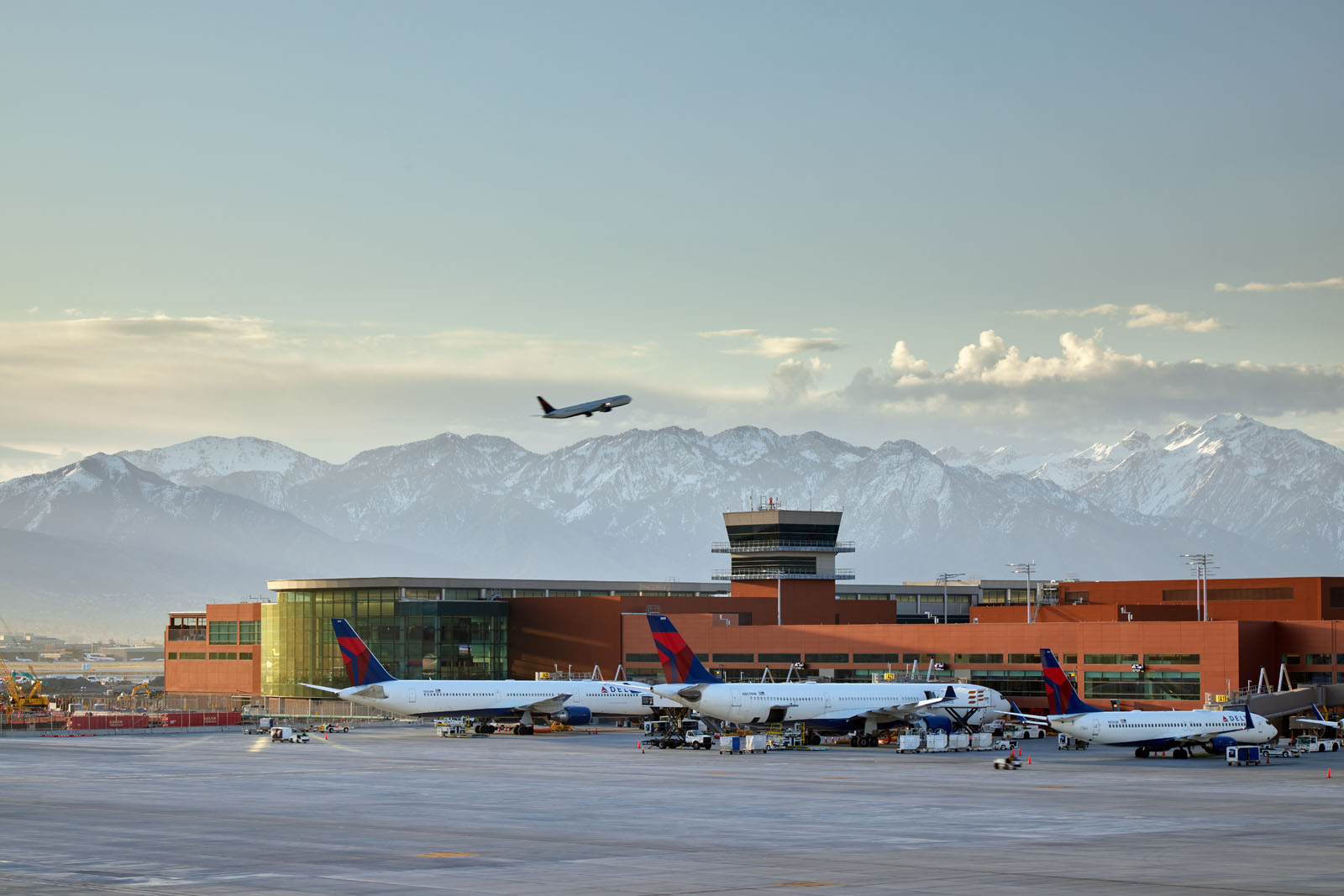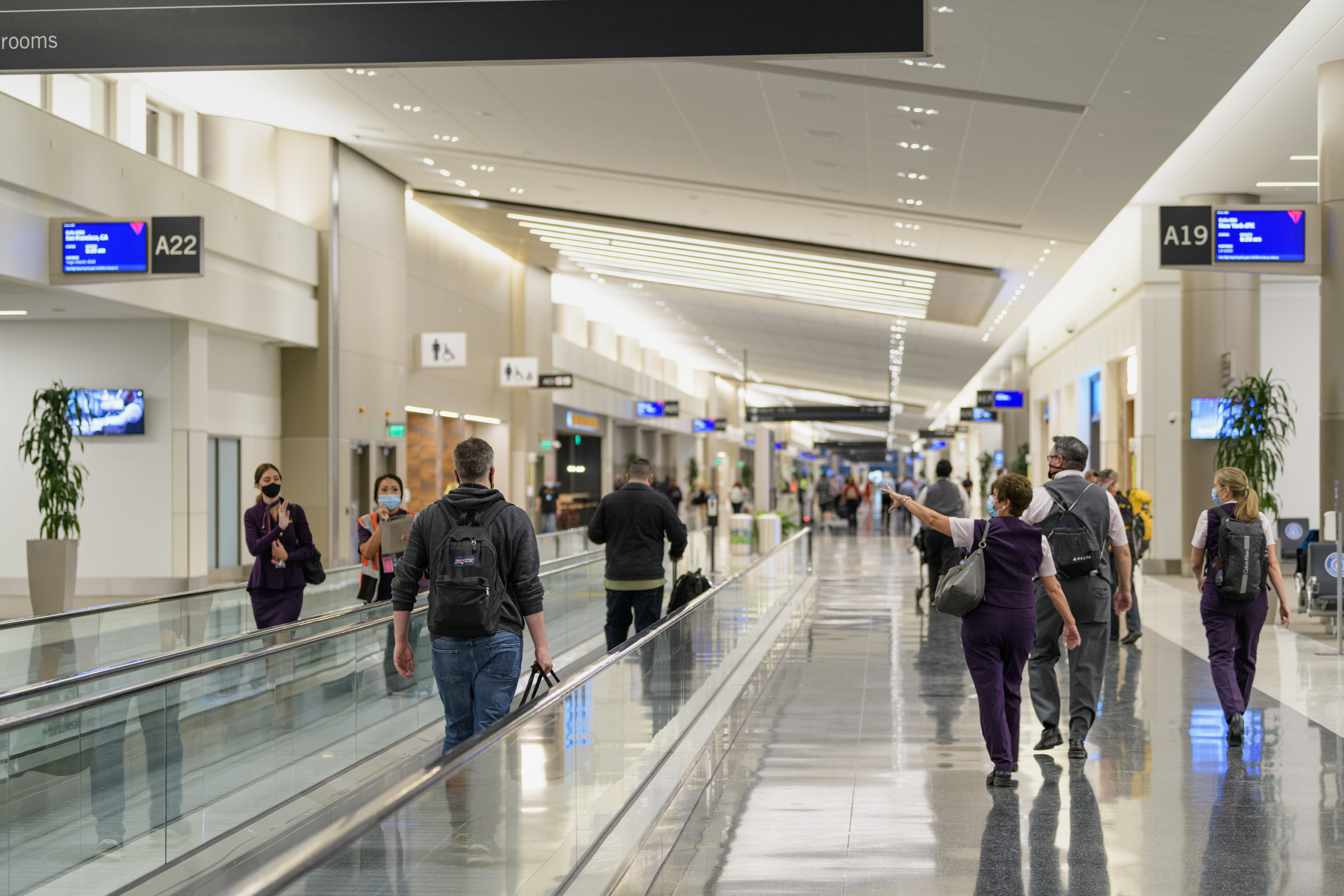Cleaner, Greener Airports: Making Aviation More Sustainable – Salt Lake City Airport
- Like
- Digg
- Del
- Tumblr
- VKontakte
- Buffer
- Love This
- Odnoklassniki
- Meneame
- Blogger
- Amazon
- Yahoo Mail
- Gmail
- AOL
- Newsvine
- HackerNews
- Evernote
- MySpace
- Mail.ru
- Viadeo
- Line
- Comments
- Yummly
- SMS
- Viber
- Telegram
- Subscribe
- Skype
- Facebook Messenger
- Kakao
- LiveJournal
- Yammer
- Edgar
- Fintel
- Mix
- Instapaper
- Copy Link
Posted: 20 May 2022 | Kevin Staples | No comments yet
While the travel industry was dealt a major blow in 2020 with the COVID-19 pandemic, in Salt Lake City the $4.1 billion Airport Redevelopment Project stayed on course. Kevin Staples, Senior Sustainability and Environmental Coordinator for the Salt Lake City Department of Airports (SLCDA), details just how this was achieved, in the latest installment of International Airport Review’s exclusive series.


On September 15 2020, the doors opened to Phase One of the new SLC Airport, including a new terminal, concourses, parking structure, rental car facilities and concessions. The principles of sustainability not only helped guide the Salt Lake City Department of Airports (SLCDA) through these challenges but were magnified. During the last three years, it is the sustainability ethos and commitment to community that has made the SLCDA stronger, and the airport remains steadfastly optimistic about the future.
In the fall of 2020, the SLCDA opened the initial phase of the new Salt Lake City International Airport (SLC), the first new large-hub airport to be built in the U.S. in the 21st century. The new SLC is so much more than just a new terminal. It represents 100 years of progress and serves as a physical manifestation of the SLCDA core values, including the unwavering commitment to protecting the environment and helping the surrounding communities thrive. The following aspects of the New SLC project and the SLCDA sustainability programme highlight mileposts on the roadway to net zero.
The sustainable new SLC
LEED GOLD
The new airport was designed and built with several goals in mind, such as to build an airport that provides a flexible, right-sized design for the future that is more efficient and sustainable while maintaining competitive costs. The new SLC has achieved its sustainability goal of LEED Gold certification for both the Terminal Redevelopment Programme project and Concourse B-west. Therefore, the airport was designed to establish a benchmark for environmentally responsible airports. Sustainable design strategies aim to minimise the airport’s environmental footprint through high-performance glazing, daylighting, energy-efficient mechanical and lighting systems, and an efficient configuration of terminal and gate locations that reduces fuel consumption and aircraft emissions.
Building efficiency


Credit: Salt Lake City International Airport (SLC)
It was designed to achieve an estimated energy savings of 30 per cent. The 2021 electricity usage was measured at 23 kwh/square foot compared to an average 35 kwh/square foot in the previous terminal. Based on opportunities to optimise the design in a cost-effective way to deal with the climate, natural environment, and site conditions, the following sustainable strategies were utilised to achieve these efficiencies:
- Passive solar heating of interior spaces and interior shading
- High performance building envelope and evaporate cooling systems
- Daylighting design
- Highly reflective roof coatings
- Baggage handling system optimisation – magnetic motors
- Vertical transportation – variable speeds.
Renewable energy
The use of renewable energy is a key component of the airport’s carbon transition. Currently, the airport receives approximately seven per cent of its electricity from renewable sources. SLC’s on-site renewable portfolio includes two solar arrays on the rooftops of airport fire stations 11 and 12, which collectively generate approximately 188,940 kWh annually. The remainder of the airport’s renewable energy is purchased from off-site projects and delivered via the electricity grid. In total, these purchases amount to approximately two million kWh annually. In 2020, Salt Lake City joined several local governments, one university, and two ski resorts to purchase power from a new 80 MW solar project. Once online, this project will supply SLC and other city facilities with renewable energy accounting for approximately 50 per cent of total electricity consumption.
Carbon reduction efforts: From seat to seat
Aircraft movements


Credit: Salt Lake City International Airport (SLC)
The use of renewable energy is a key component of the airport’s carbon transition”
One of the first decisions made during the 1996 Master Plan was to convert the previous airport’s pier layout concourse design to a parallel configuration. This new design allows flexibility for newer, larger, and more efficient aircraft, as well as eliminates aircraft bottlenecks, congestion, and idling. The new layout provides one of the most significant greenhouse gas emission reductions, as well as helps reduce flight delays for passengers.
Electrification
306 charging stations were provided for the electric ground support equipment (eGSE) servicing SLC with a total capacity of 536 vehicles. SLC initiated a requirement that all airlines transition belt loaders, baggage tugs, and push back tractors. With this policy, the Salt Lake Valley will see a 5,000 metric tonne reduction in greenhouse gas after full implementation. SLC has also provided 142 electric vehicle charging stations for public and employee parking.
Public transit
The Utah Transit Authority (UTA) currently operates a light rail system that connects the airport and its passengers quickly to downtown Salt Lake City or other destinations. UTA, SLC, and Salt Lake City have partnered to help in the mitigation of climate change and the improvement of air quality through some groundbreaking programmes. From 1 November 2021 to 31 January 2022, passengers were able to ride public transit for free with a boarding pass, and during the month of February all fares on UTA were free.


Credit: Salt Lake City International Airport (SLC)
A look forward
Despite the challenges, the airport, and the community endured and The New SLC opened in the spirit of resilience. As SLCDA returns to a more routine operational status, it is looking towards the future. For example, in 2024, Phase Two of The New SLC will be complete, which will provide additional gate capacity, additional charging infrastructure and new features for the enjoyment of passengers. In the meantime, the airport is establishing near-term objectives to improve environmental, social and governance performance. This will include expanding partner engagement surrounding Scope 3 emissions, the largest component of the airport’s carbon footprint. Partnerships include airlines, concessions, and the FAA to pursue a path toward net zero emissions.
Biography


Related topics
Airport construction and design, Airport development, Airside operations, Baggage handling, Cleaner, Greener Airports: Making Aviation More Sustainable Series, Emissions, Funding and finance, Passenger experience and seamless travel, Sustainability, Sustainable development, Terminal operations, Workforce


















